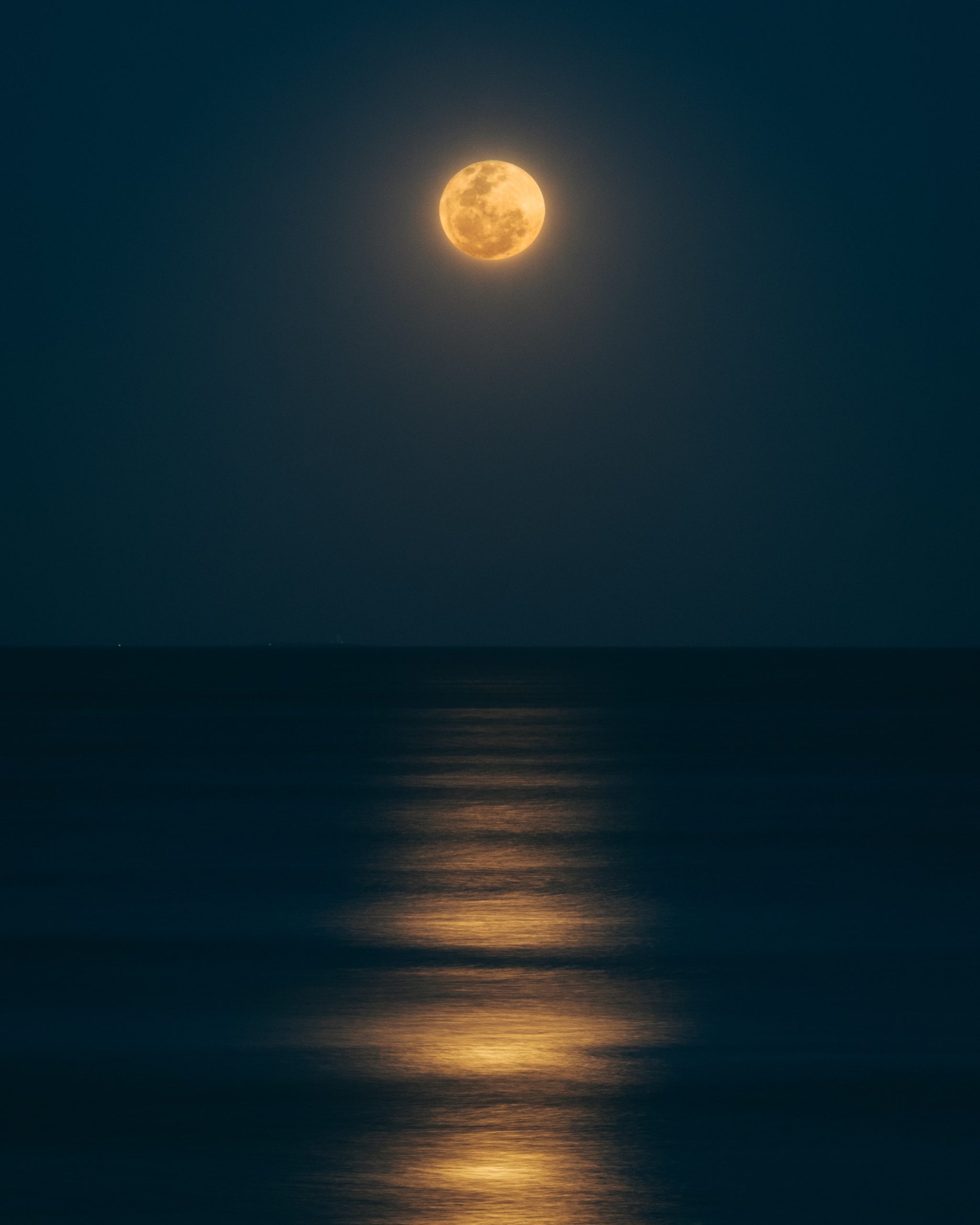What Does a Waxing Crescent Look Like?
When gazing up at the night sky, you may find yourself captivated by the ever-changing phases of the moon. One particular phase that often captures the imagination is the waxing crescent. With its delicate appearance and subtle luminosity, the waxing crescent offers a glimpse into the fascinating dance between the sun, Earth, and moon.
The Phases of the Moon
Before delving into the specifics of the waxing crescent, it’s essential to understand the broader concept of lunar phases. The moon goes through several distinct phases as it orbits the Earth, resulting in the cycle we commonly refer to as the lunar month or lunar cycle.
- New Moon
- Waxing Crescent
- First Quarter
- Waxing Gibbous
- Full Moon
- Waning Gibbous
- Last Quarter
- Waning Crescent
The waxing crescent phase occurs immediately after the new moon and represents the beginning of illumination on the moon’s surface. It is a transition stage, building up to the first quarter phase when half the moon is visible.
Appearance of the Waxing Crescent
The waxing crescent is a remarkable sight to behold in the evening sky. Although it may appear similar to a half-moon, it possesses some distinct features that differentiate it from other lunar phases.
During this phase, a small slice of the moon becomes illuminated, creating a crescent shape. The illuminated part, or “crescent,” slowly grows larger each day until it reaches the first quarter phase. At this point, roughly 25% to 49% of the moon’s surface is visible.
However, the waxing crescent is not as vibrant or well-defined as the first quarter moon. Its gentle glow emanates a soft, muted light, offering a subtle contrast against the darkness of the night sky. This delicate luminosity contributes to the enchanting and ethereal ambiance surrounding the waxing crescent.
Visibility and Timing
The waxing crescent can be observed shortly after sunset in the western sky, appearing as a slender, illuminated sliver just above the horizon. Due to its proximity to the sun, it is visible for a relatively short period before setting below the horizon.
The exact time for observing the waxing crescent depends on various factors, including geographical location and the time of year. Typically, the period following the new moon and leading up to the first quarter moon provides ample opportunity to observe the waxing crescent.
The Science Behind the Waxing Crescent
The waxing crescent, like other lunar phases, is a phenomenon resulting from the interaction between the sun, Earth, and moon. Understanding the science behind this celestial event adds a deeper appreciation for its beauty.
Light and Shadows
At any given moment, the moon is half-lit by the sun. However, the moon’s orbit around the Earth causes different portions of its illuminated side to be visible from our viewpoint. During the waxing crescent phase, the moon is positioned in such a way that only a small, curved section of its illuminated side faces Earth.
The rest of the moon remains in shadow, resulting in the crescent shape. The waxing crescent appears to grow larger each night as the angle between the Earth, sun, and moon changes.
Earth’s Tilt and the Moon’s Orbit
The moon’s phases are intrinsically linked to the Earth’s axial tilt and the moon’s orbit around it. As the moon orbits Earth, the angle between the sun, Earth, and moon shifts, causing different amounts of sunlight to reach the moon’s surface.
During the waxing crescent phase, the moon is positioned on the same side of Earth as the sun, resulting in only a small portion of the illuminated side being visible. This alignment creates the beautiful crescent shape, marking the transition of the moon from the new moon phase to the first quarter phase.
Enjoying the Waxing Crescent
Observing the waxing crescent can be a rewarding and contemplative experience. Its ethereal glow and subtle beauty invite us to take a moment to reflect on the wonders of the universe. Here are a few tips to enhance your enjoyment of this celestial event:
Find a Dark and Open Space
To fully appreciate the delicate luminosity of the waxing crescent, it is best to find a location away from city lights. Light pollution can obstruct the view, making it challenging to observe the moon’s finer details.
Additionally, choosing a location with an unobstructed view of the horizon allows you to witness the waxing crescent just as it emerges above the Earth’s curvature.
Tools for Observation
While the waxing crescent can be enjoyed with the naked eye, using binoculars or a small telescope can enhance your observations. These optical tools allow for a closer look at the moon’s surface, revealing intricate details such as craters and lunar seas.
However, remember that the waxing crescent is relatively dim compared to other lunar phases, so excessive magnification may result in a loss of visibility.
Keep Track of Lunar Phases
Knowing the approximate timing of the waxing crescent can help you plan your observation sessions. Numerous smartphone apps and online tools provide accurate information about moonrise and moonset times, as well as the phase of the moon for a given date and location.
By staying informed, you can maximize your chances of catching the waxing crescent at its most captivating.
In Conclusion
The waxing crescent is a captivating phase in the cycle of the moon that marks the beginning of illumination after the new moon. Its delicate luminosity and subtle beauty make it a favorite among stargazers and photographers alike.
Through a combination of science, art, and a touch of wonder, the waxing crescent offers a glimpse into the astronomical ballet performed by the sun, Earth, and moon. So, the next time you find yourself beneath a clear evening sky, take a moment to appreciate the delicate glow of the waxing crescent and reconnect with the vastness of the universe.
Table of Contents
